Tashkent
The capital of modern times that distinguishes itself from the ornate historical cities.
Mustaqillik Maydoni
The easiest way to describe Tashkent, is to picture her subway stations.
It has been a very long time since my last post, and lots of happenings we have been through for one year. I had traveled to Uzbekistan, published the biggest album ever, along with my Blurb photobook. My braces almost finish. Last but not least, we haven’t been able to cherish the beauty of our Earth, I guess, due to the pandemic. I wish you all well, and we shall meet again, we shall travel again.
The Street Life
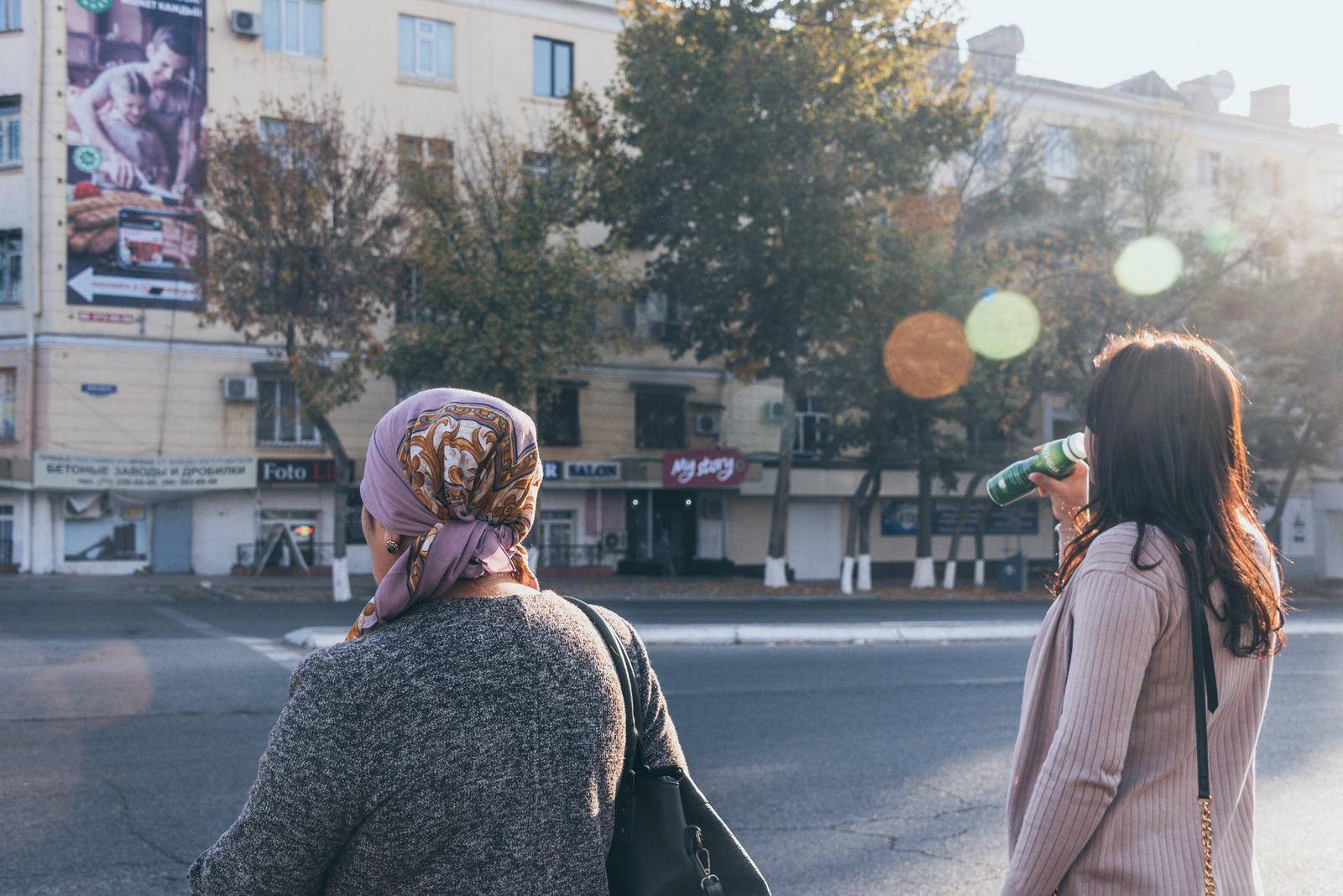
Tashkent or Toshkent (Ташкент), was my first touch point of the trip, but I deferred visiting it until the final day. Save the best for the last? Not quite. But it’s not a disappointing experience at all, instead, the photos taken from Tashkent are the ones I love the most, as I find the vibes lingering whenever having a chance to view them.

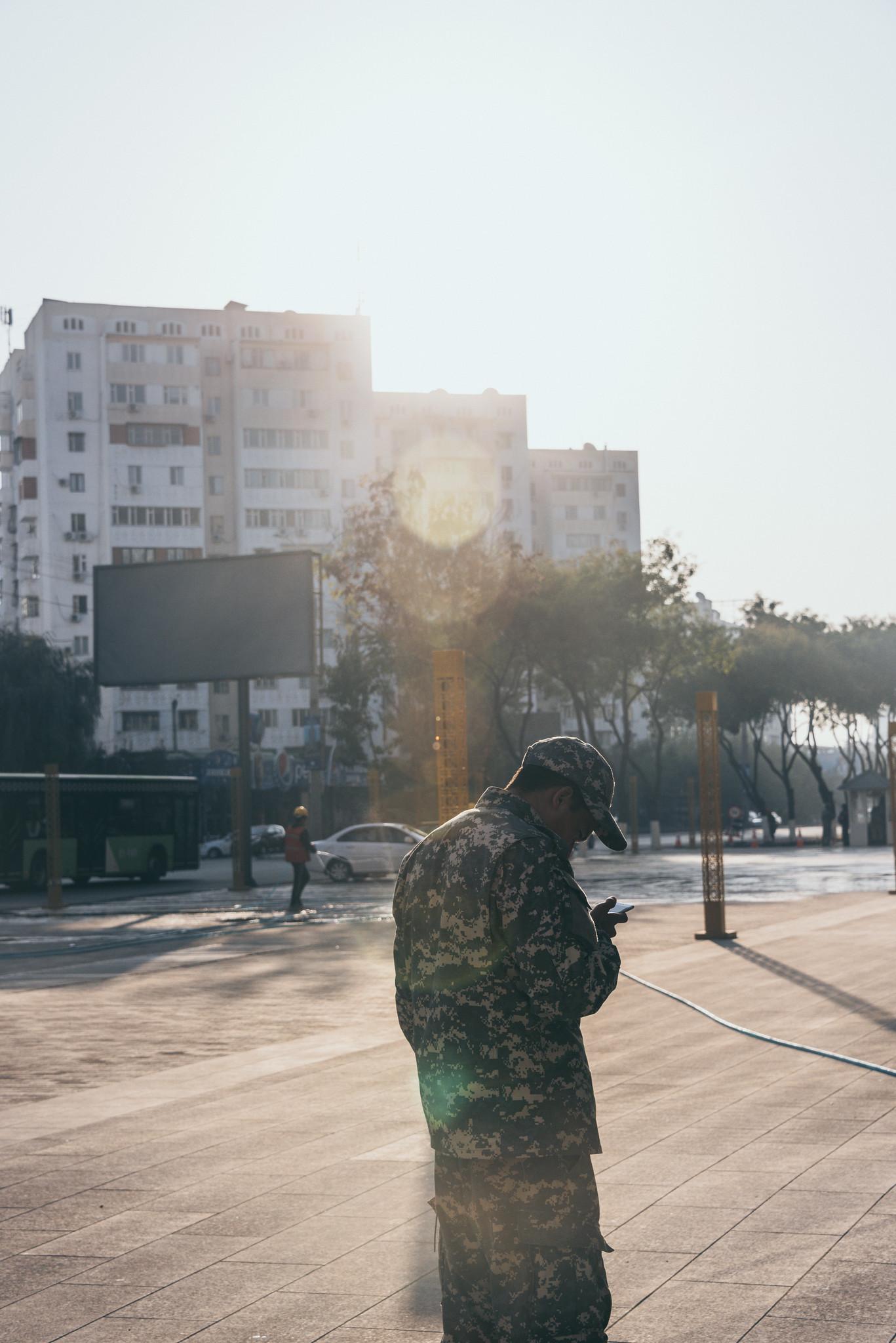
If compared to other spectacular historical cities of Uzbekistan, Tashkent is merely a modern city rebuilt after the 1966 earthquake. Abundant with typical Soviet monotonous buildings ‘Khrushchyovka’, decorated with fierce displays of patriotism and Communist progressiveness, someone may find it’s just not worth to visit.
What I can reply to that? Heck no. It’s an exuberant urban.
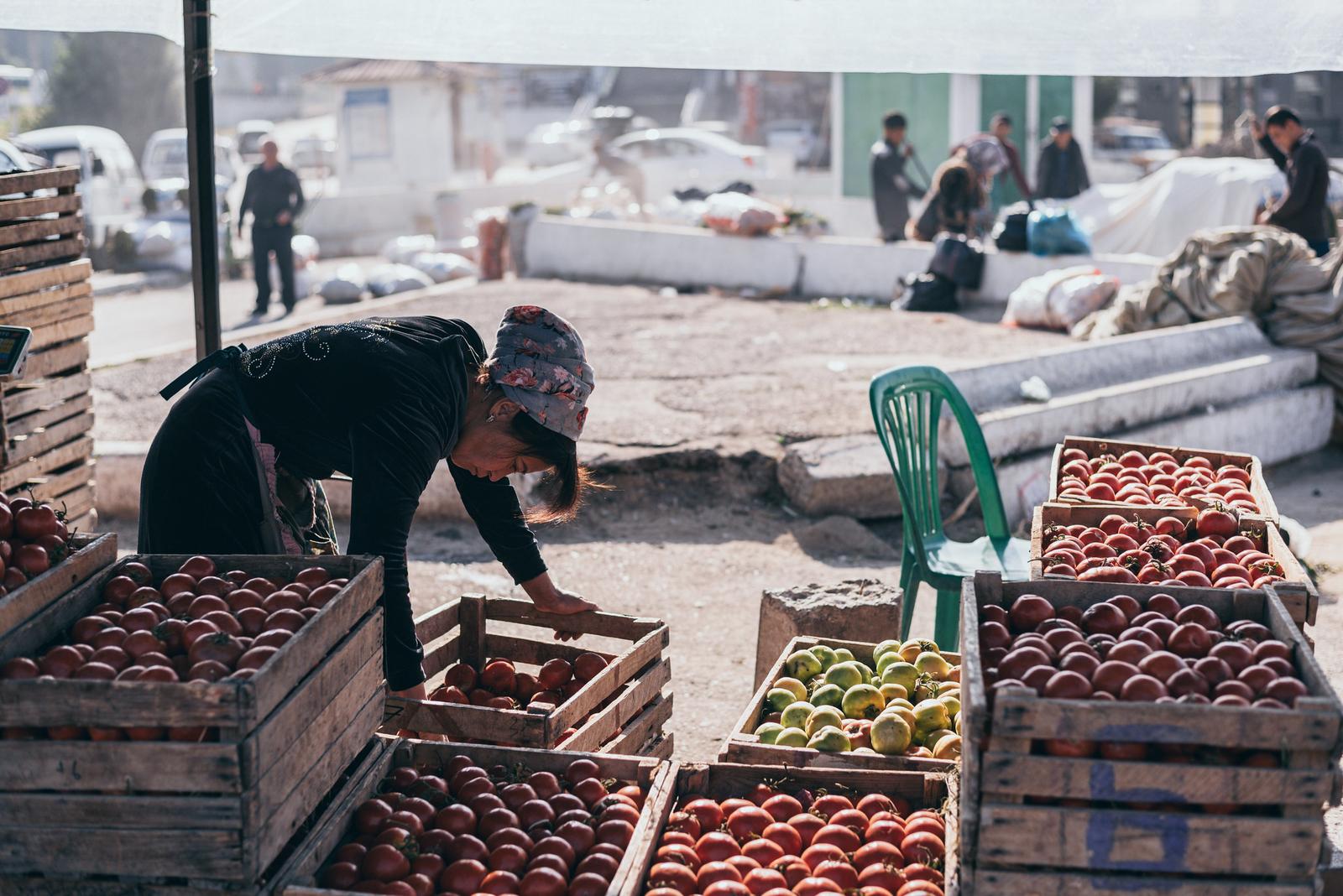
Coming from oasis cities to the west of Uzbekistan like Bukhara and Khiva, the weather of Tashkent could be felt more humid and colder, and well I could see layers of overcasting clouds on an autumn day. Fortunately it didn’t last long, and photos came out gorgeously.
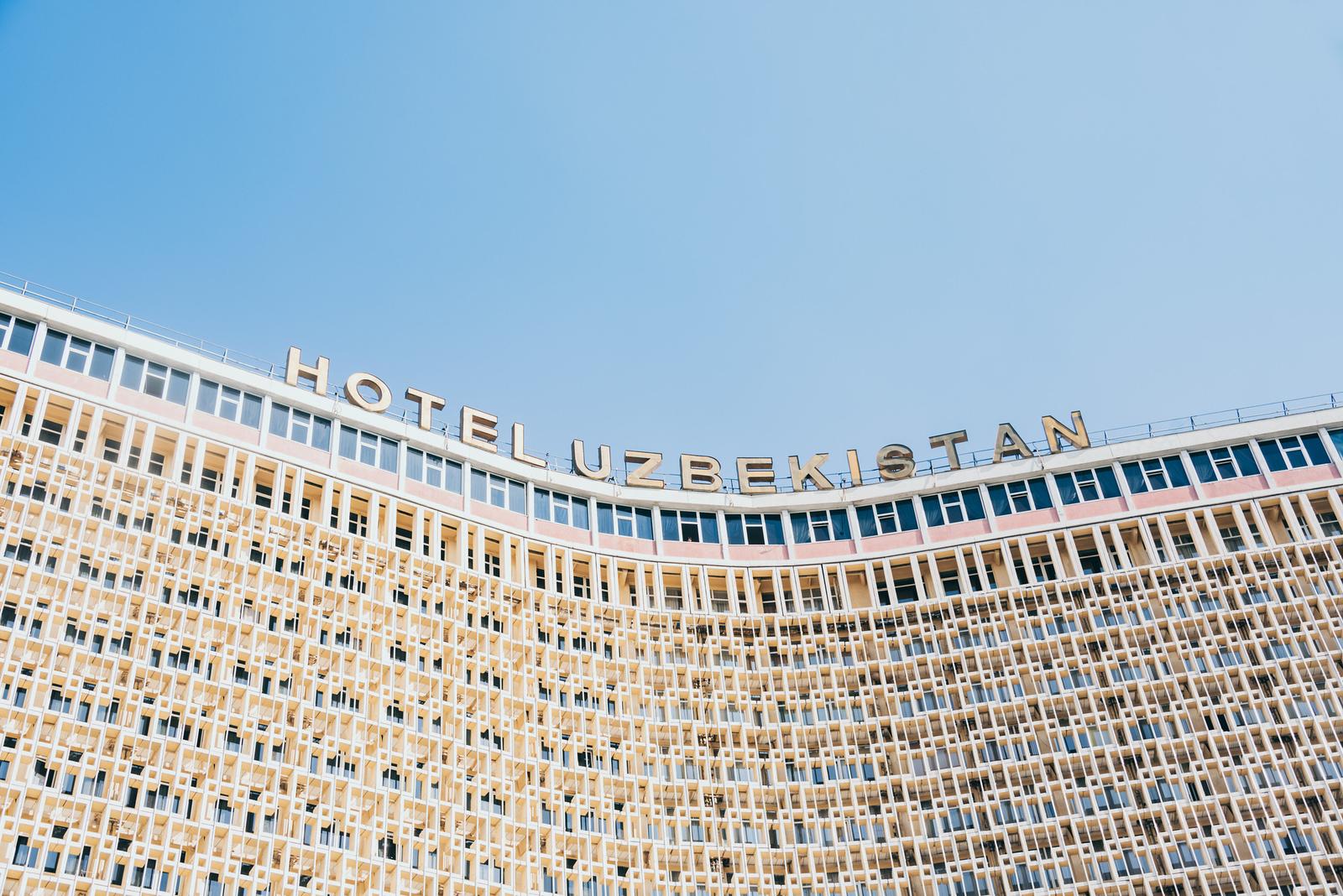
Chorsu Bazaar
If someone says I love my Chorsu Bazaar photos, it’s an understatement. I found them treasure. Treasured moments, treasured emotions, treasured excitements.
All the essences of Autumn colors, are condensed in the lusciousness of delectable goodies. As fresh as the tomatoes, onions and beetroot; as salivating as the dried persimmons, nuts and cherries. Please just don’t think Uzbekistan lies in unsurvivable deserts, that’s enough.



…it’s all about people
Different from scenery photos, street photos focus on people, on unarranged reality, on motions of eyes, on bursts of laughters. We are bestowed to make random connections and perceive the passage of time.
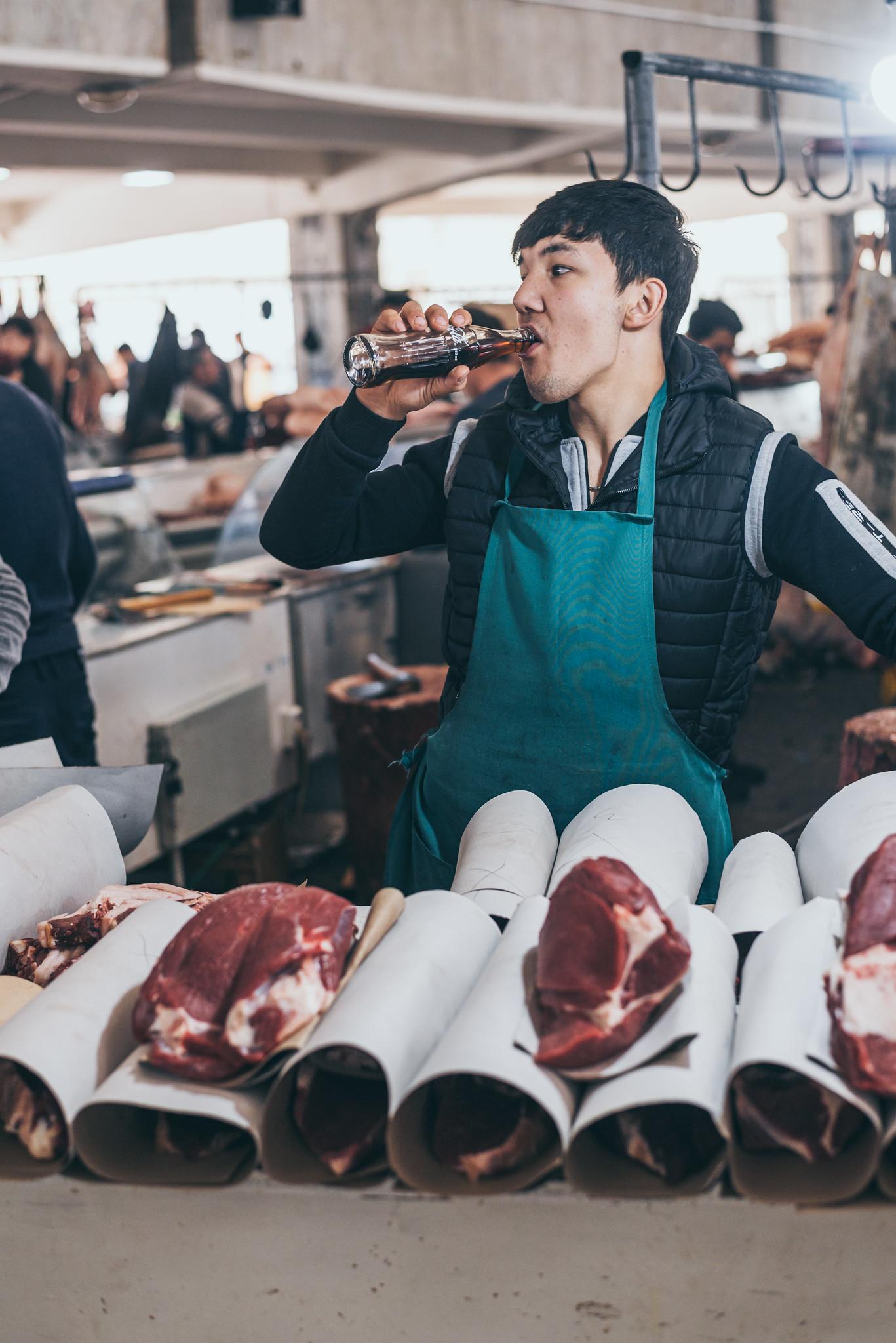
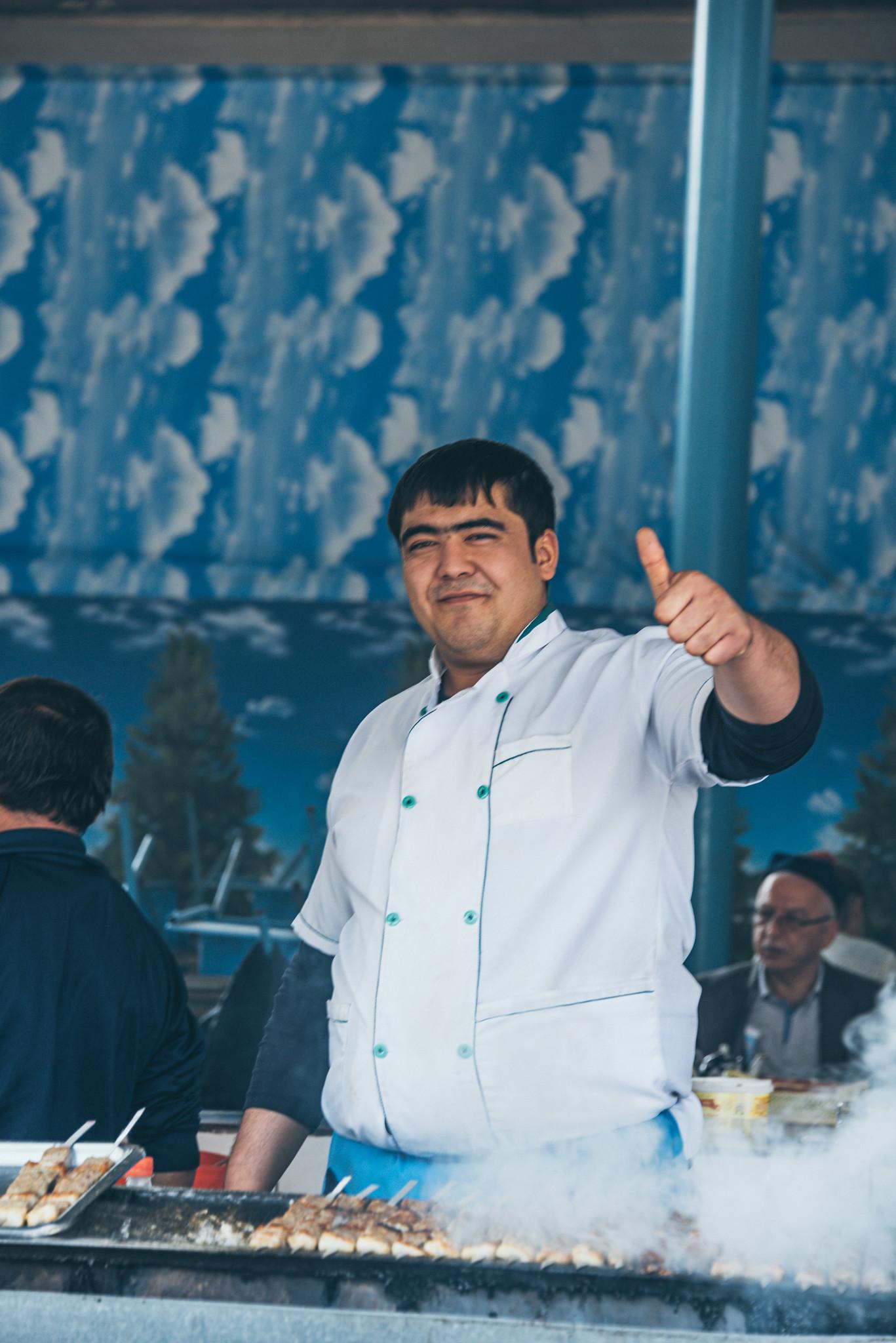
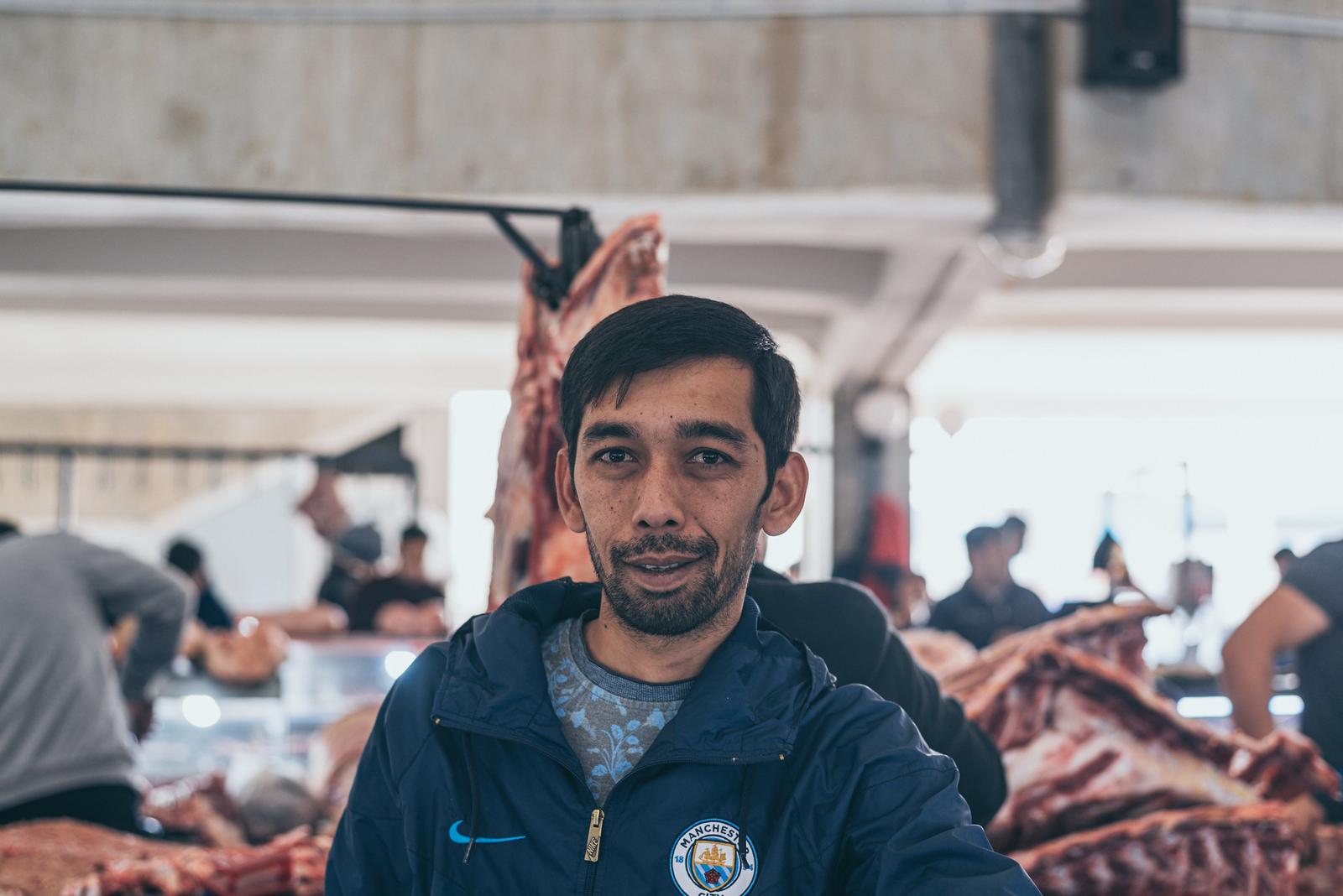
Perhaps the morning there was just cinematic. Yet in front of my eyes.
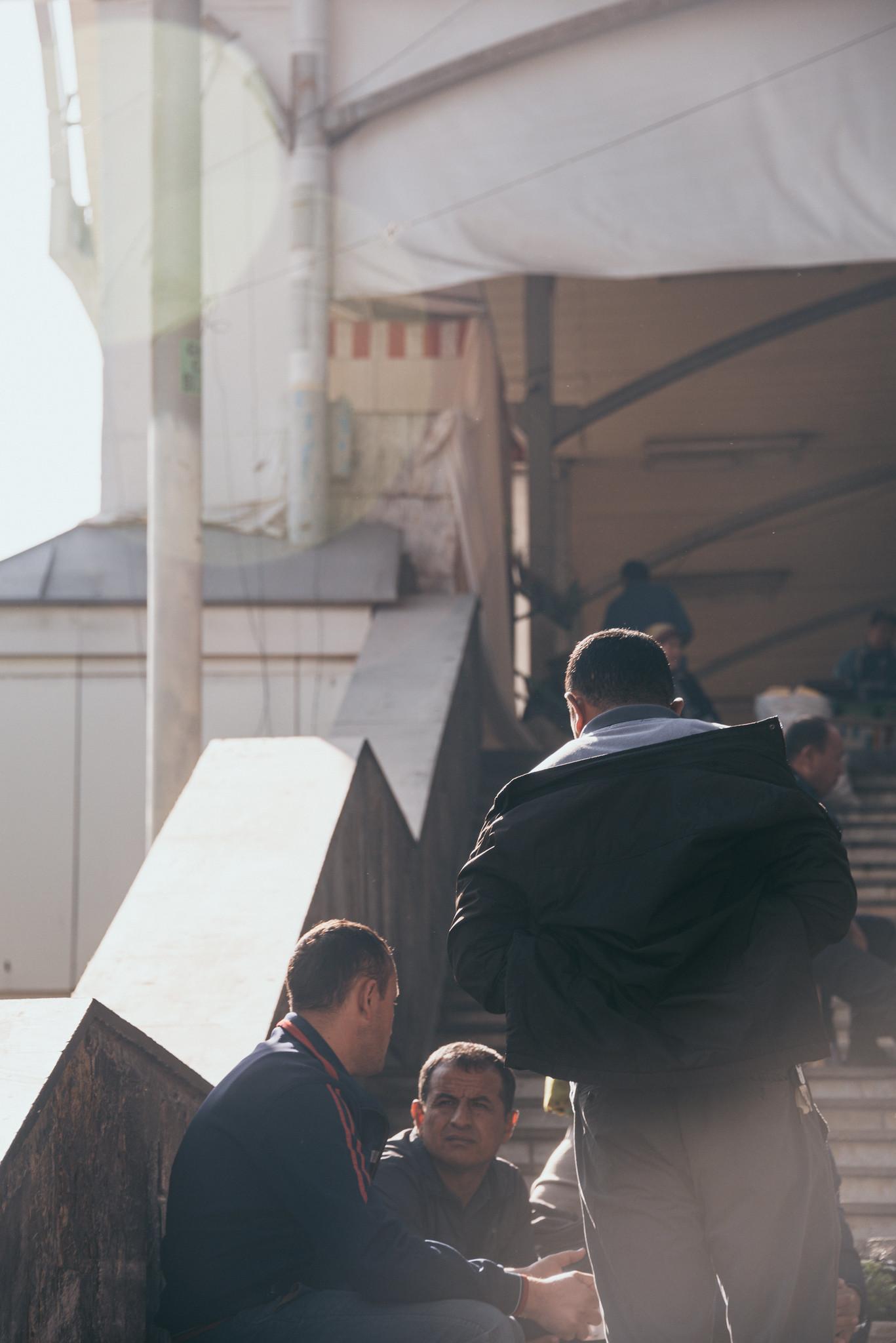
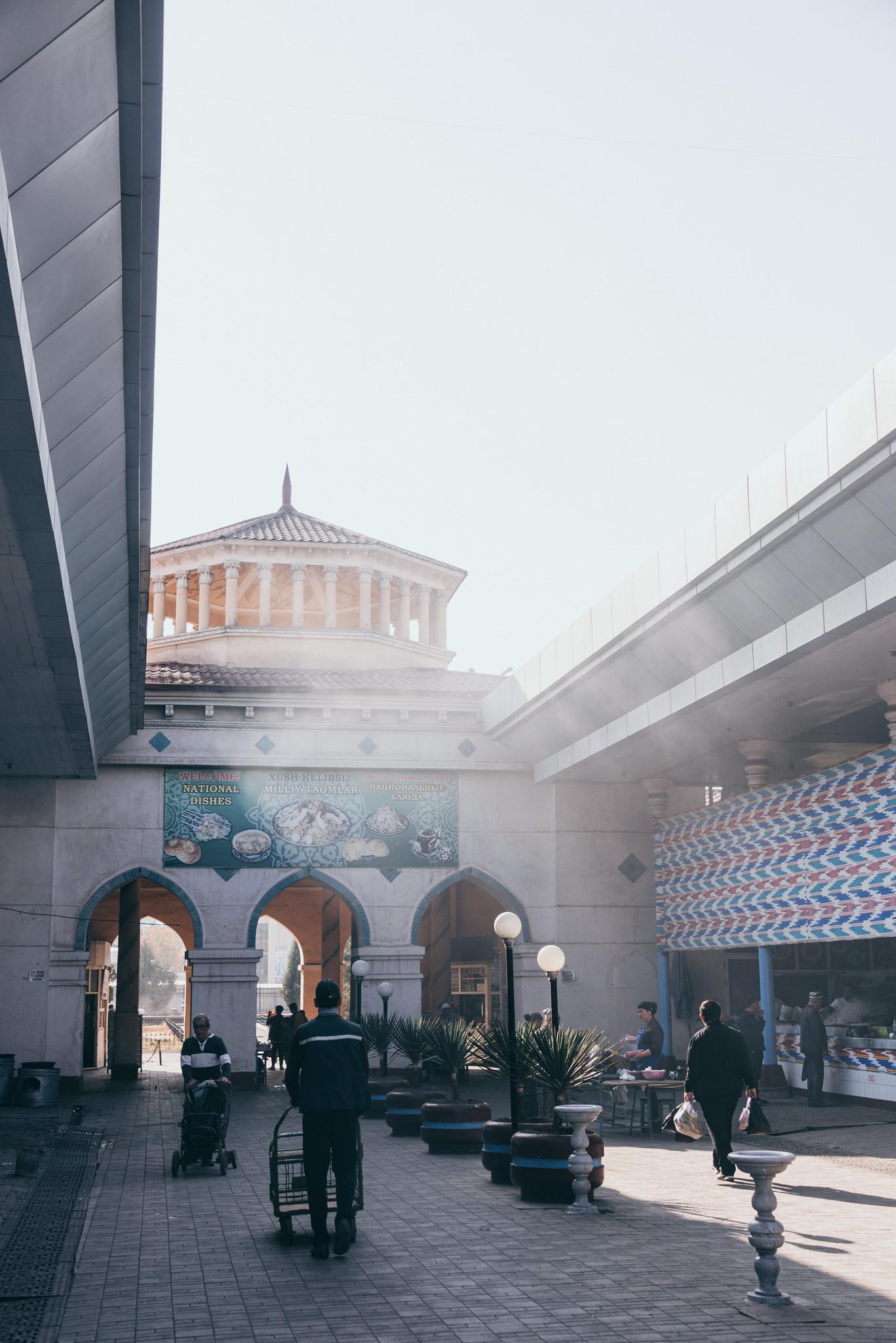
…and the heart of Tashkent
I bet every tour in Tashkent will have Chorsu Bazaar in their checklist. A golden ticket to learn about Uzbekistan cuisine, its love towards meat, and energetic working human of the country, in one single place.
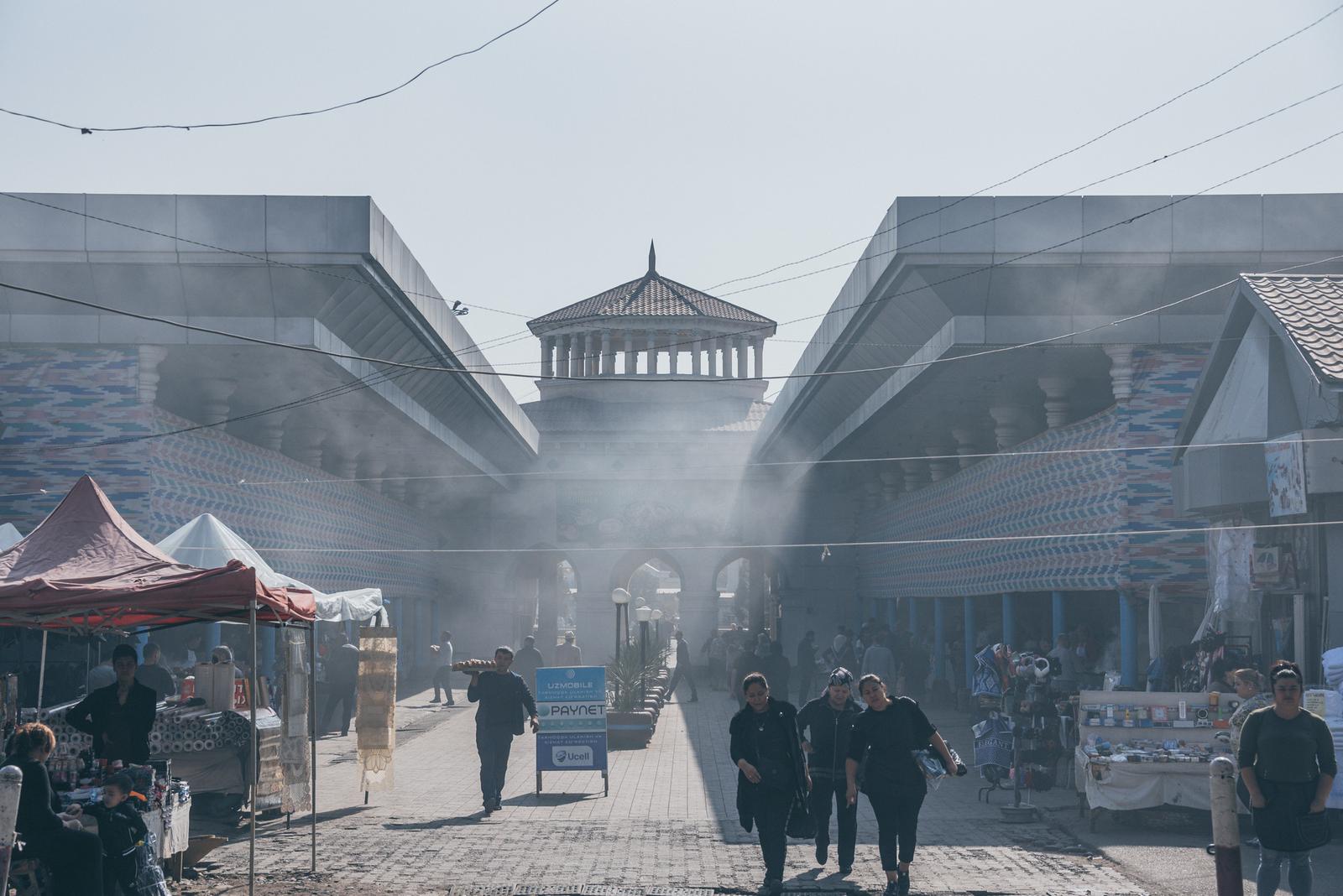
And my recommendation: try the grilled kebab, fill the stomach with freshly cooked plov, and especially entice yourself with horse meat dishes, such as the popular Naryn.
I personally like horse meat though, but not having so many chances throughout the journey. Miss you so much, Qazı!

…of course, with silhouette
Indoor place with lack of natural light is the ideal location for silhouette. Results turned out to be not too bad.
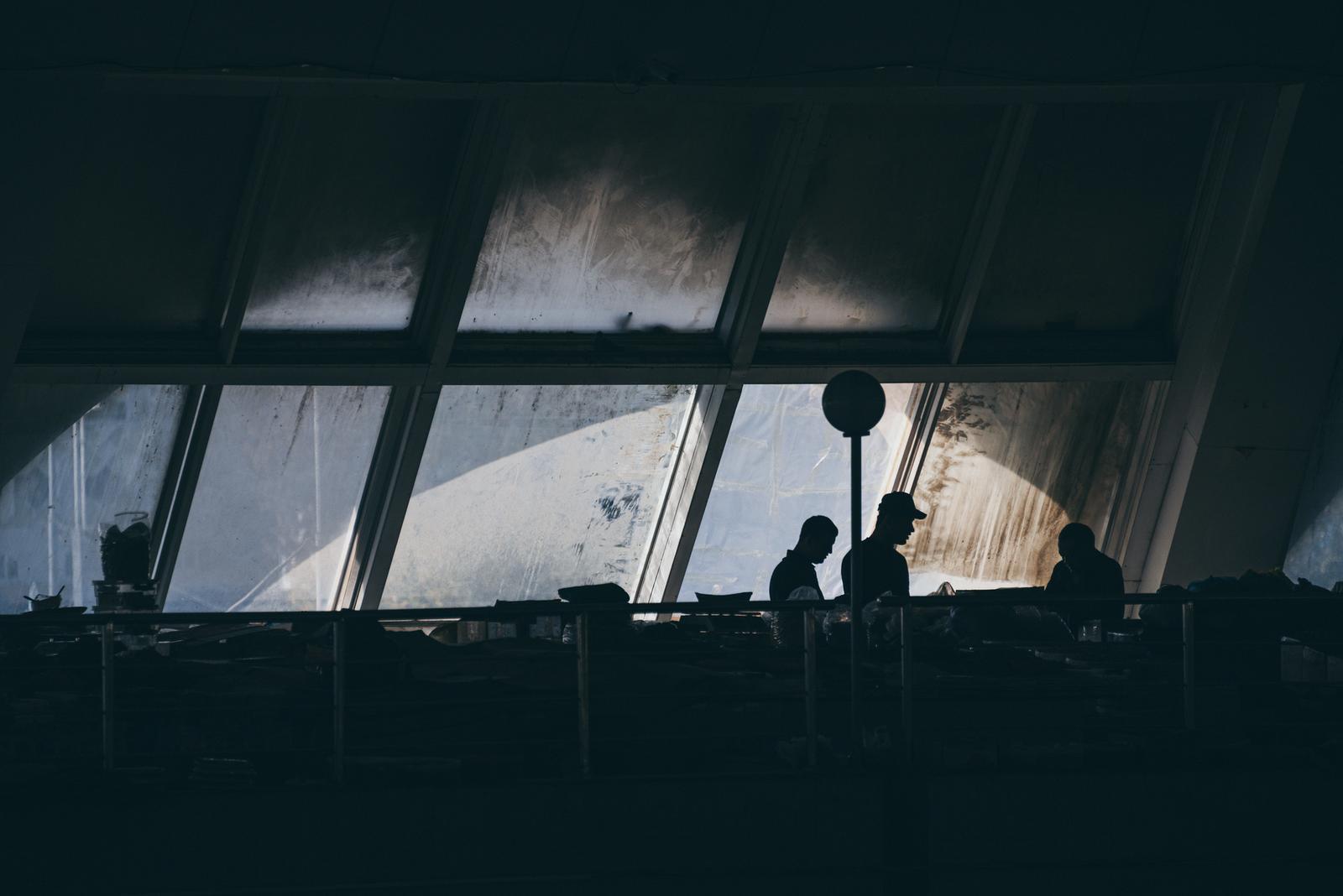
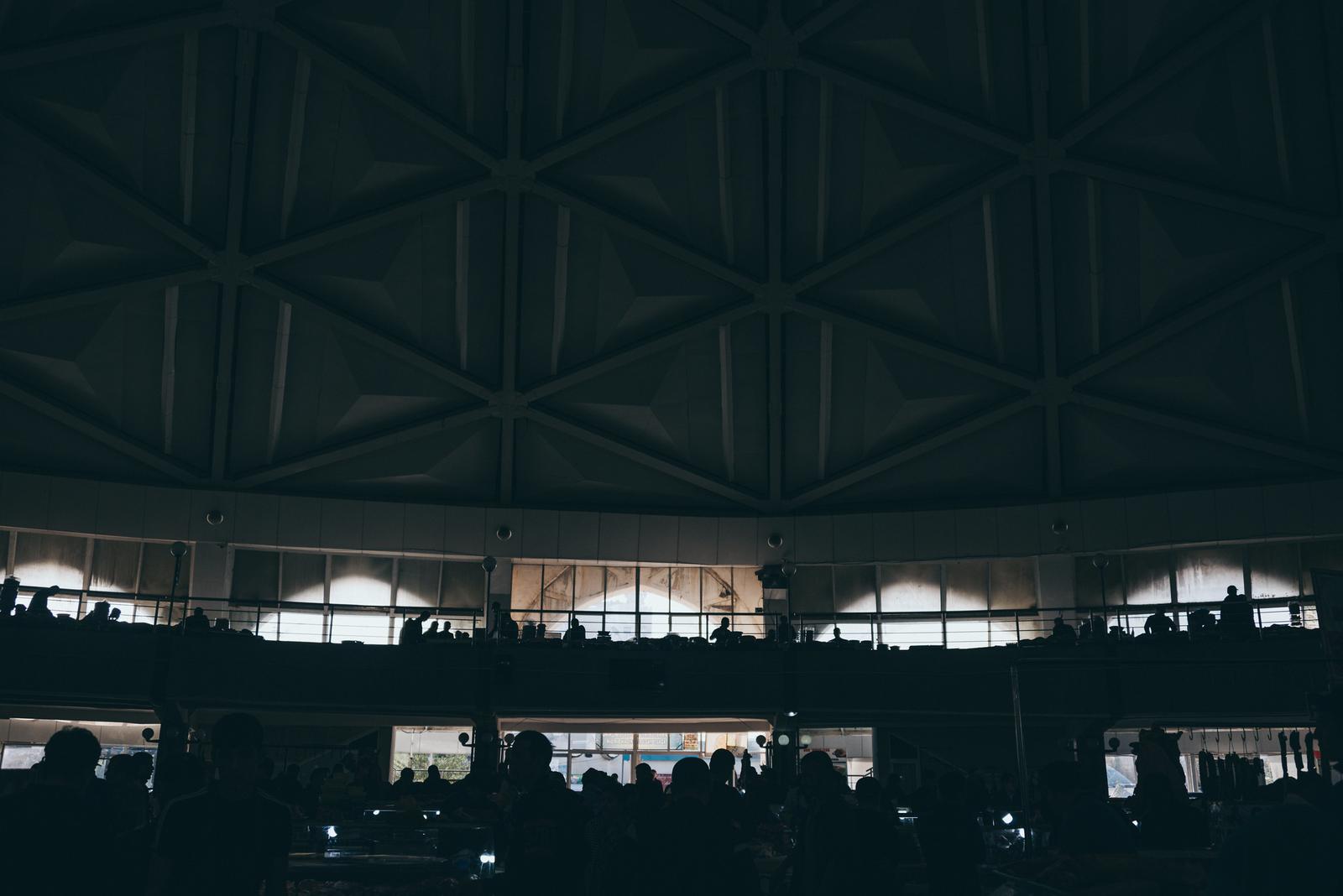
And I love Uzbekistan for its geometric pattern decoration in architecture.
Capturing arts is an easy task, if putting it beside the mammoth process of creation.
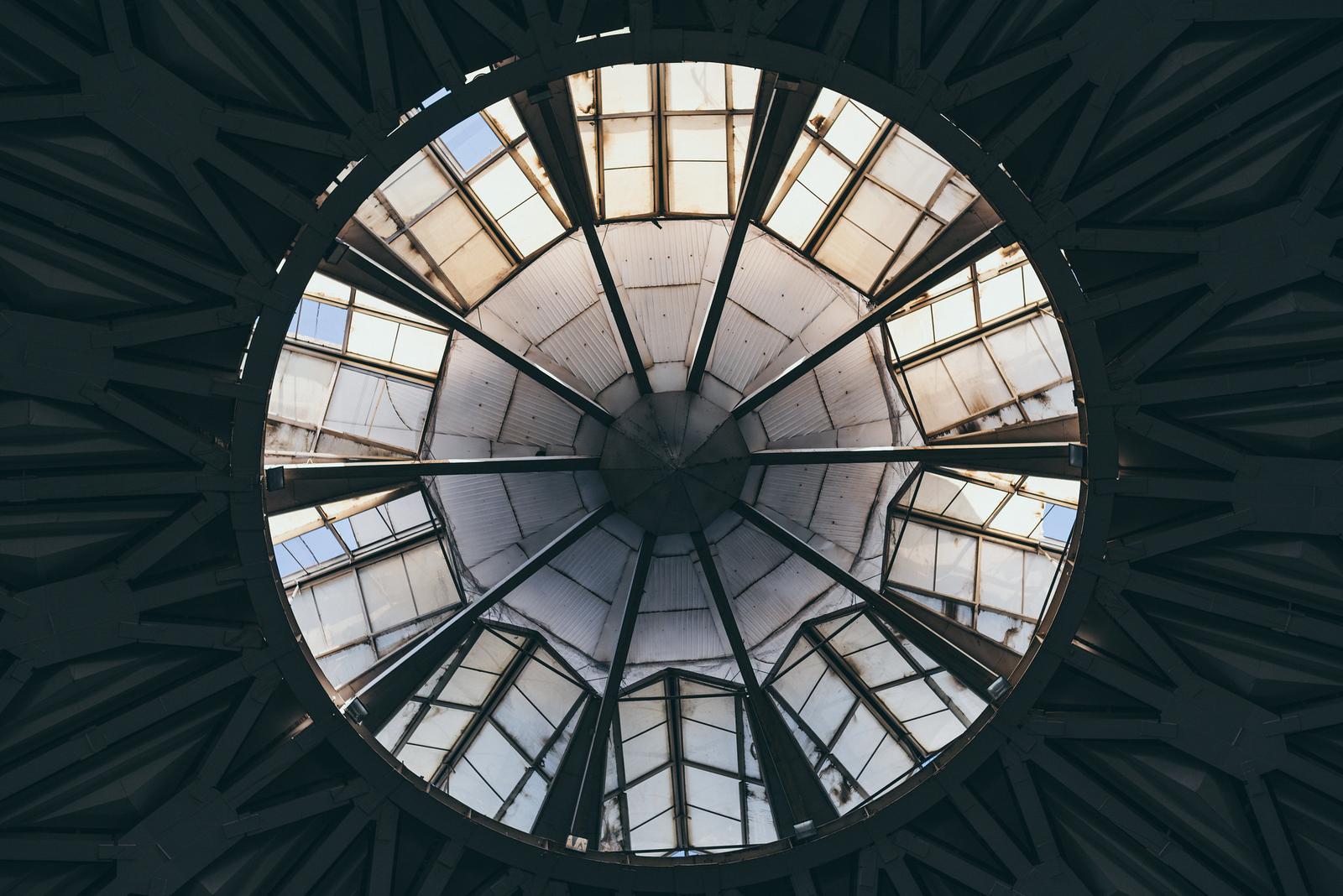
Tashkent Metro
So we start from a picture of Mustaqillik Maydoni Station, it’s time to get back on the train.
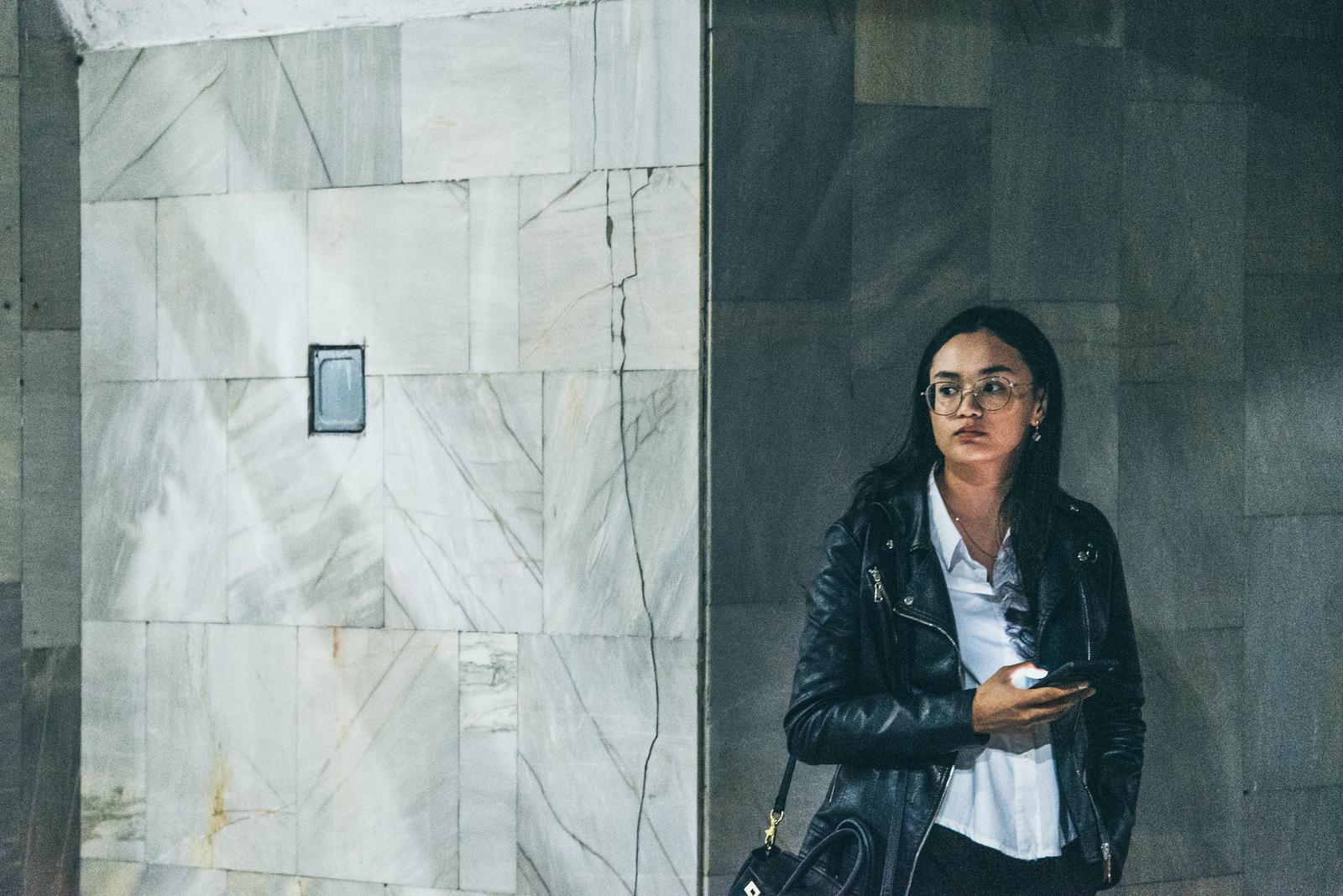
Touring a city by just hopping from stations to stations may sound sort of crazy and wasting of time, but it’s no surprise that Tashkent Metro is advertised frequently in travel brochures and blogs, for its meticulous and unique décor in each station.
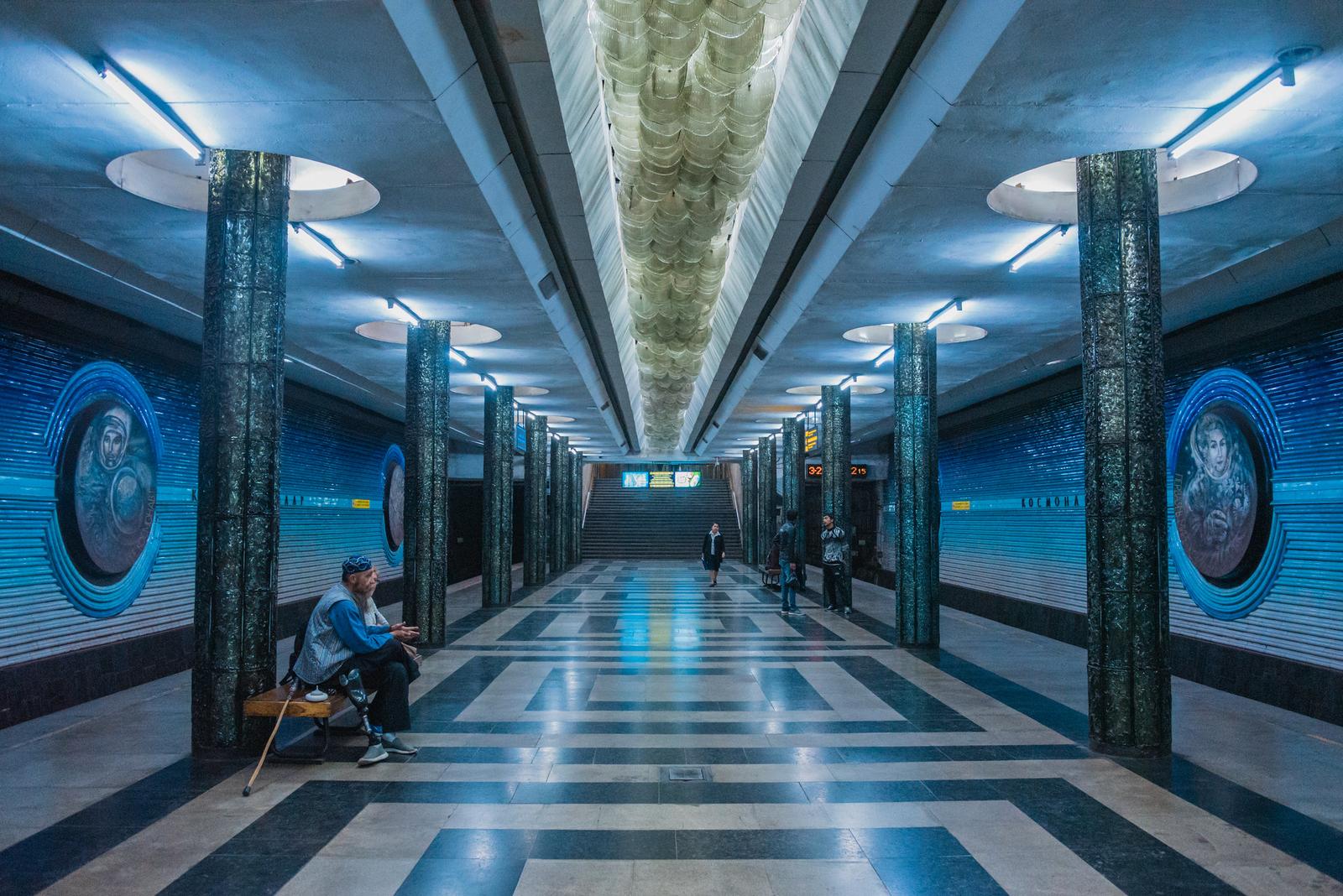

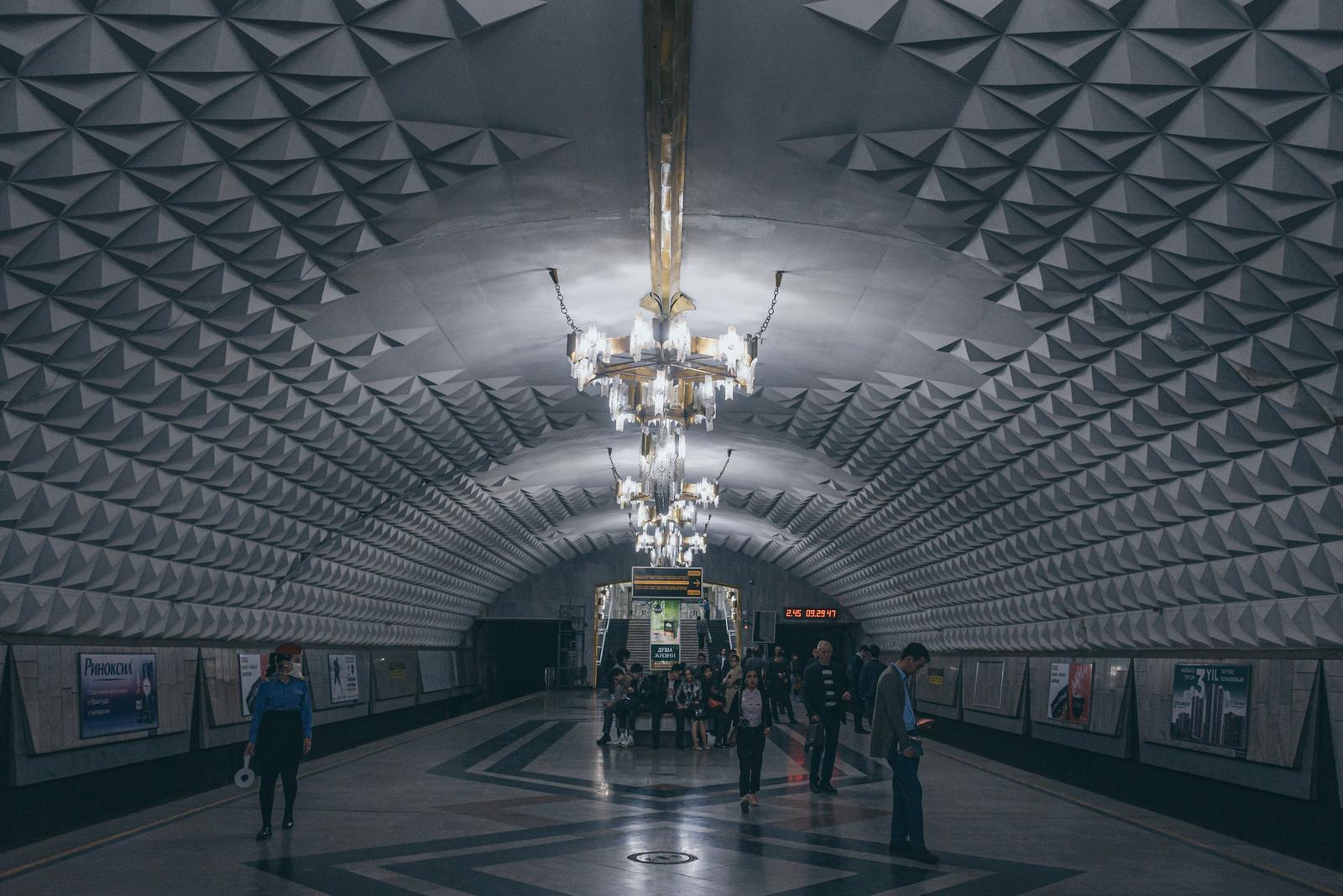
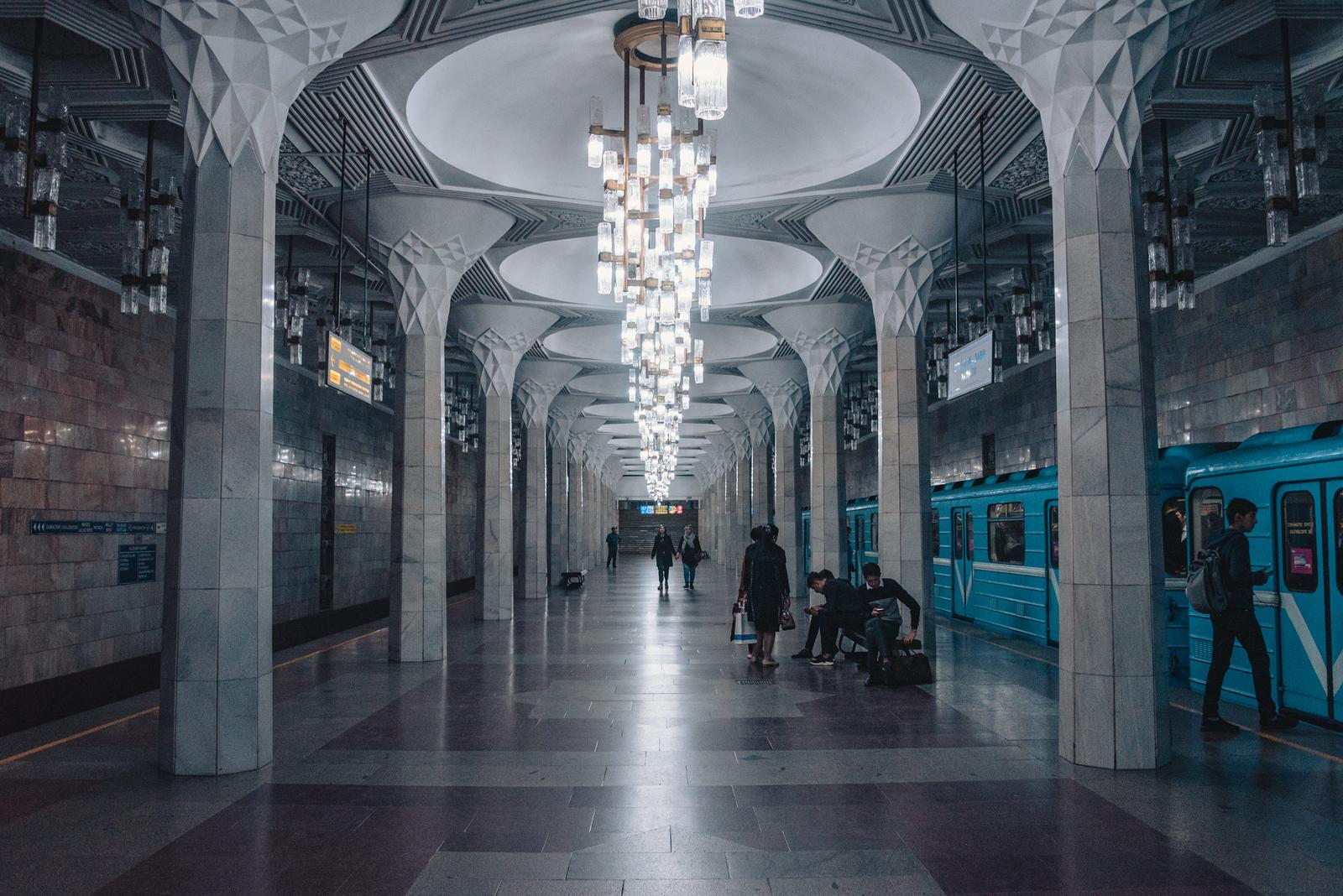
The vibes inside train feel really…, hmm, Soviet. Like people are cold and reserved, dressed in serious black suits.
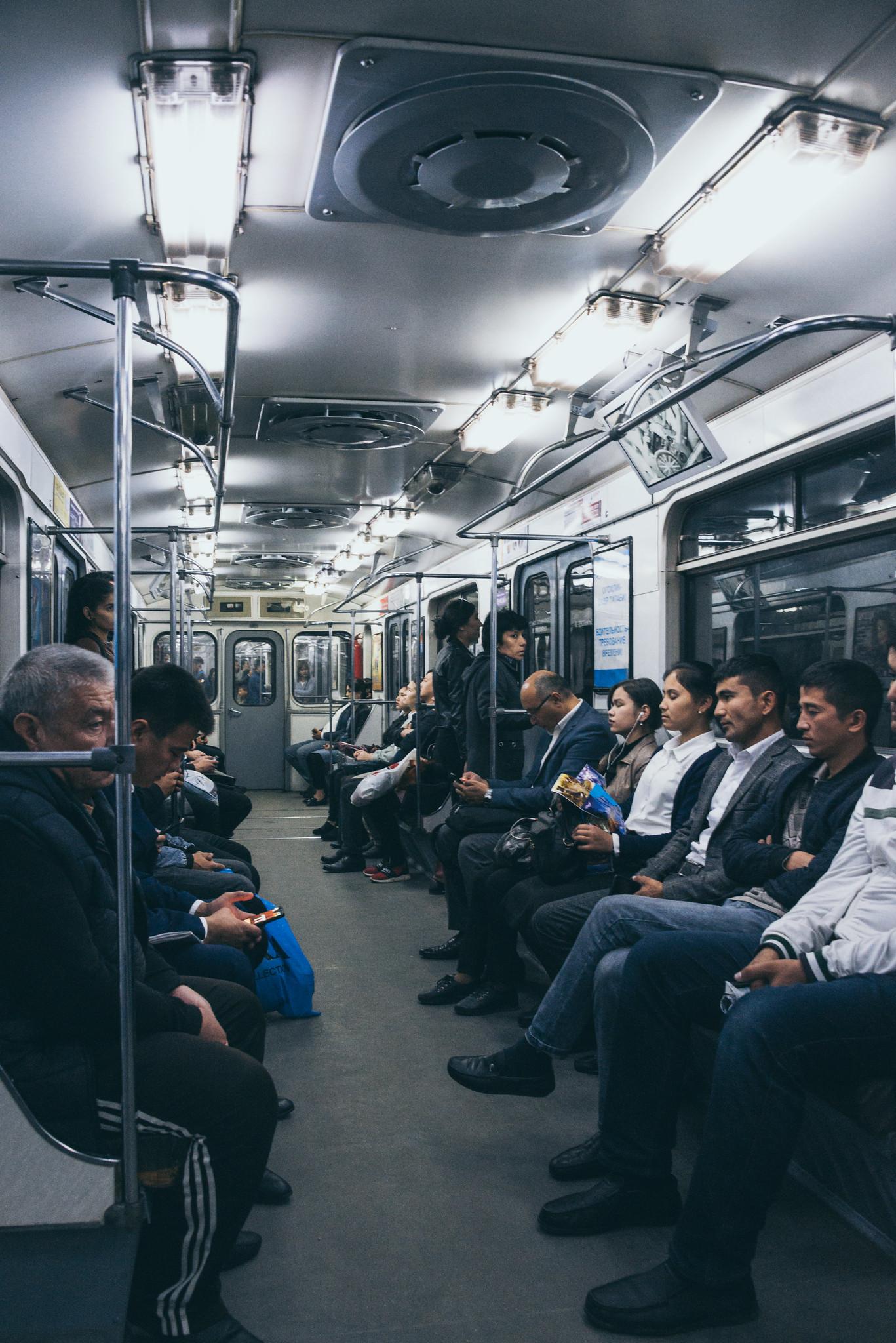
But I miss those good old days when we see each other’s face not through masks.
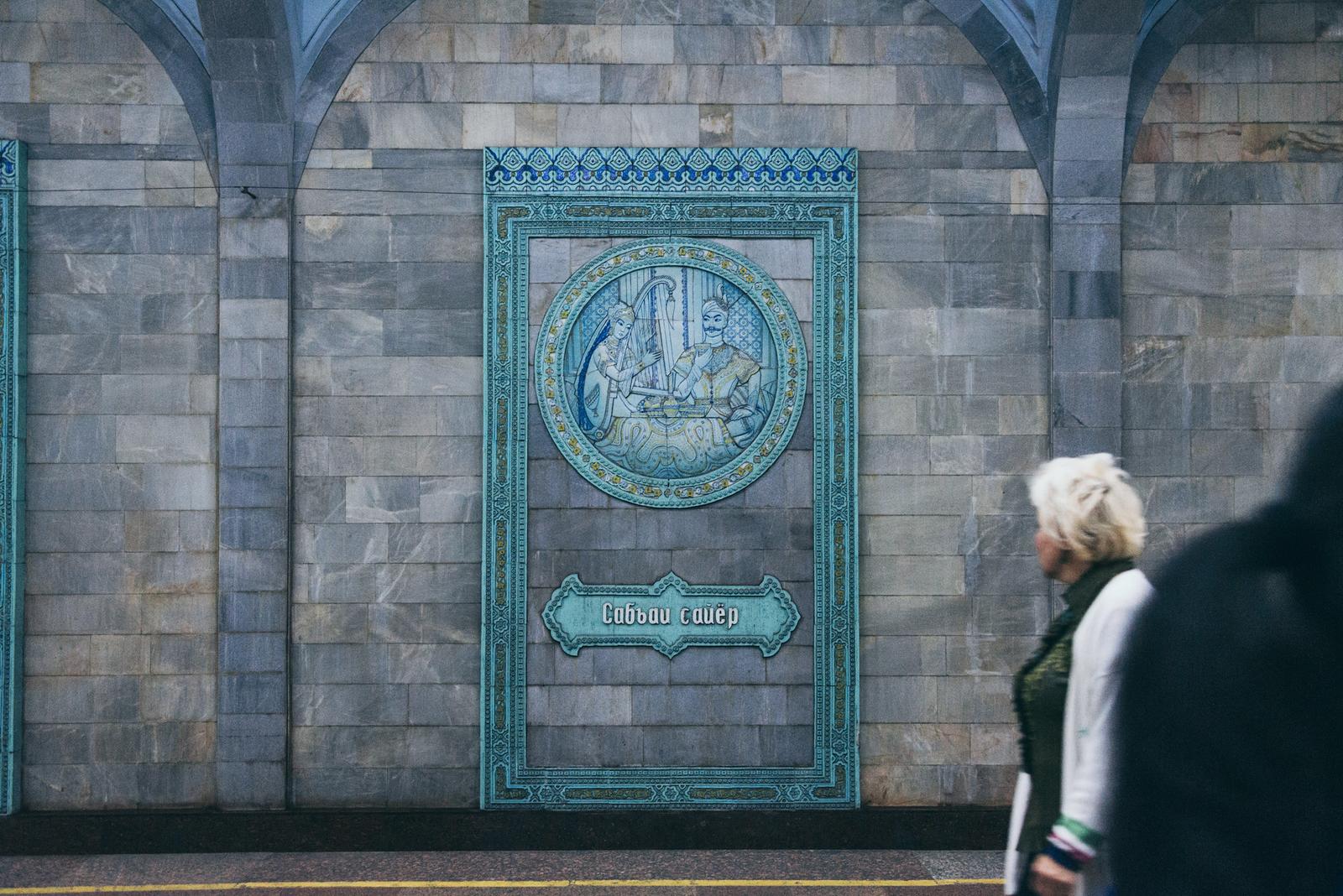

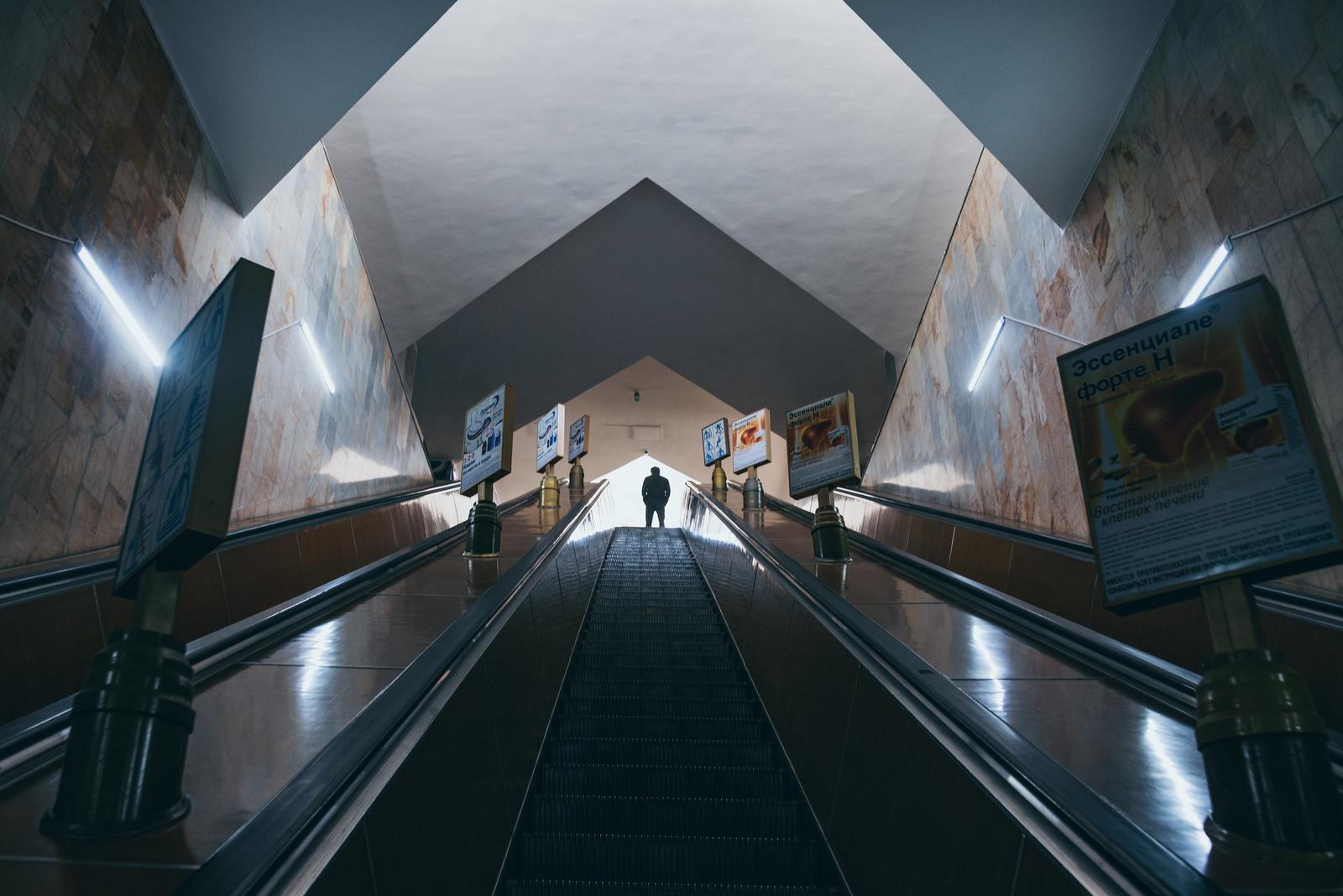
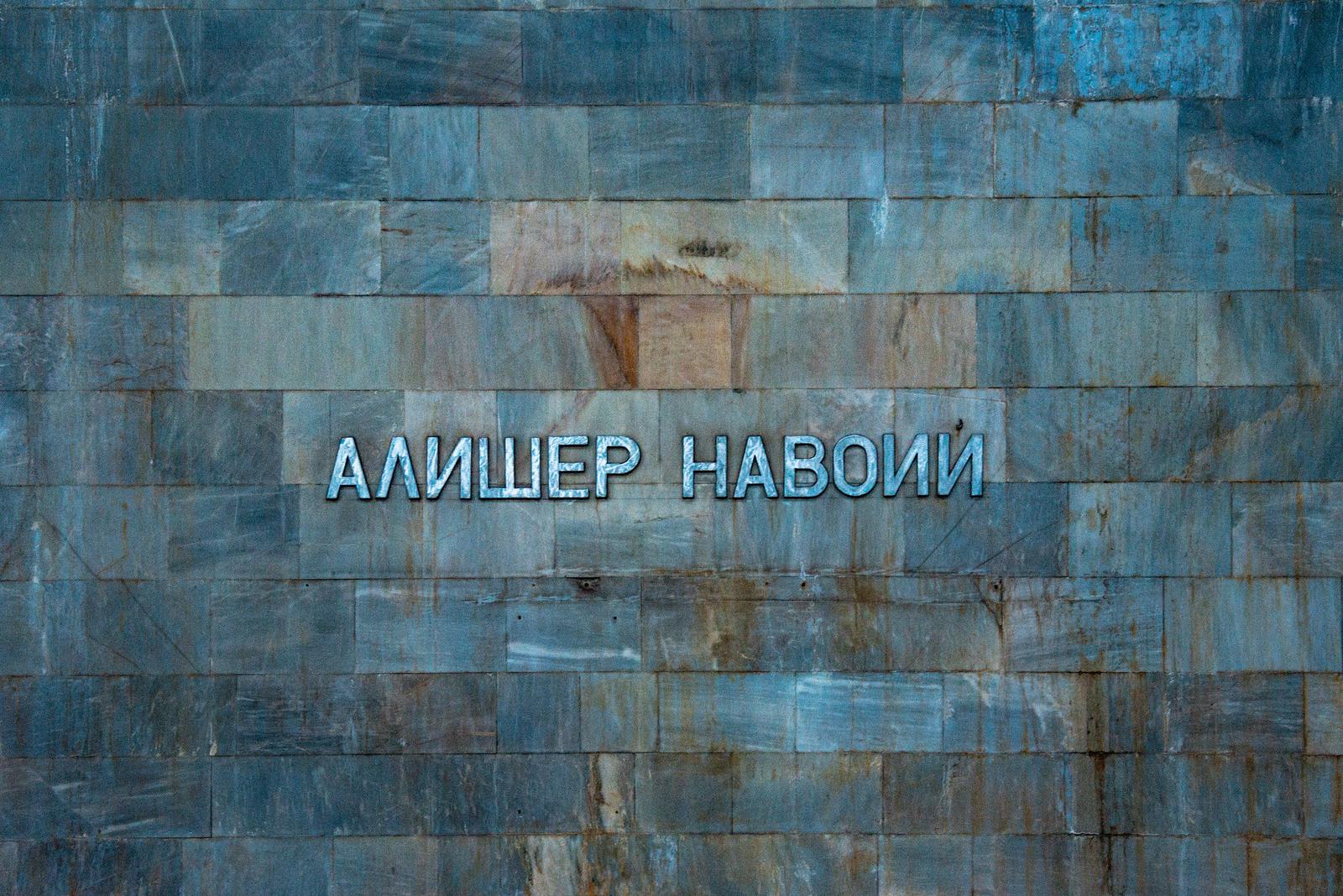
Exit the train and wander around the city, for the last actual autumn day experienced before the long travel hibernation.
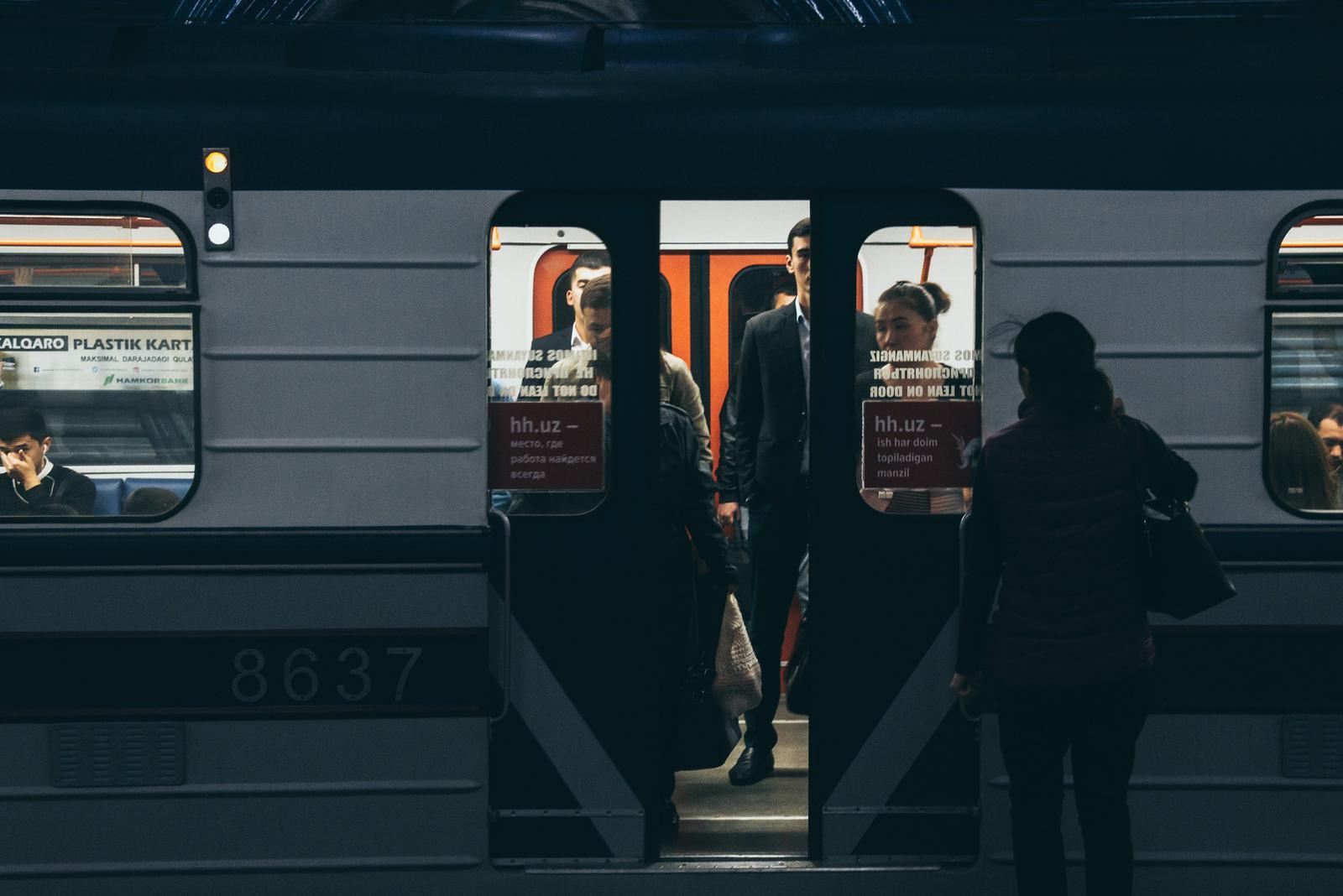
The Autumn Leaves
Perhaps nothing can uplift our spirits as much as a dose of radiant and cheerful photos. In my vivid memory, Tashkent is an open, vibrant and culturally diverse urban - as diverse as a basket of low-key and saturated images.
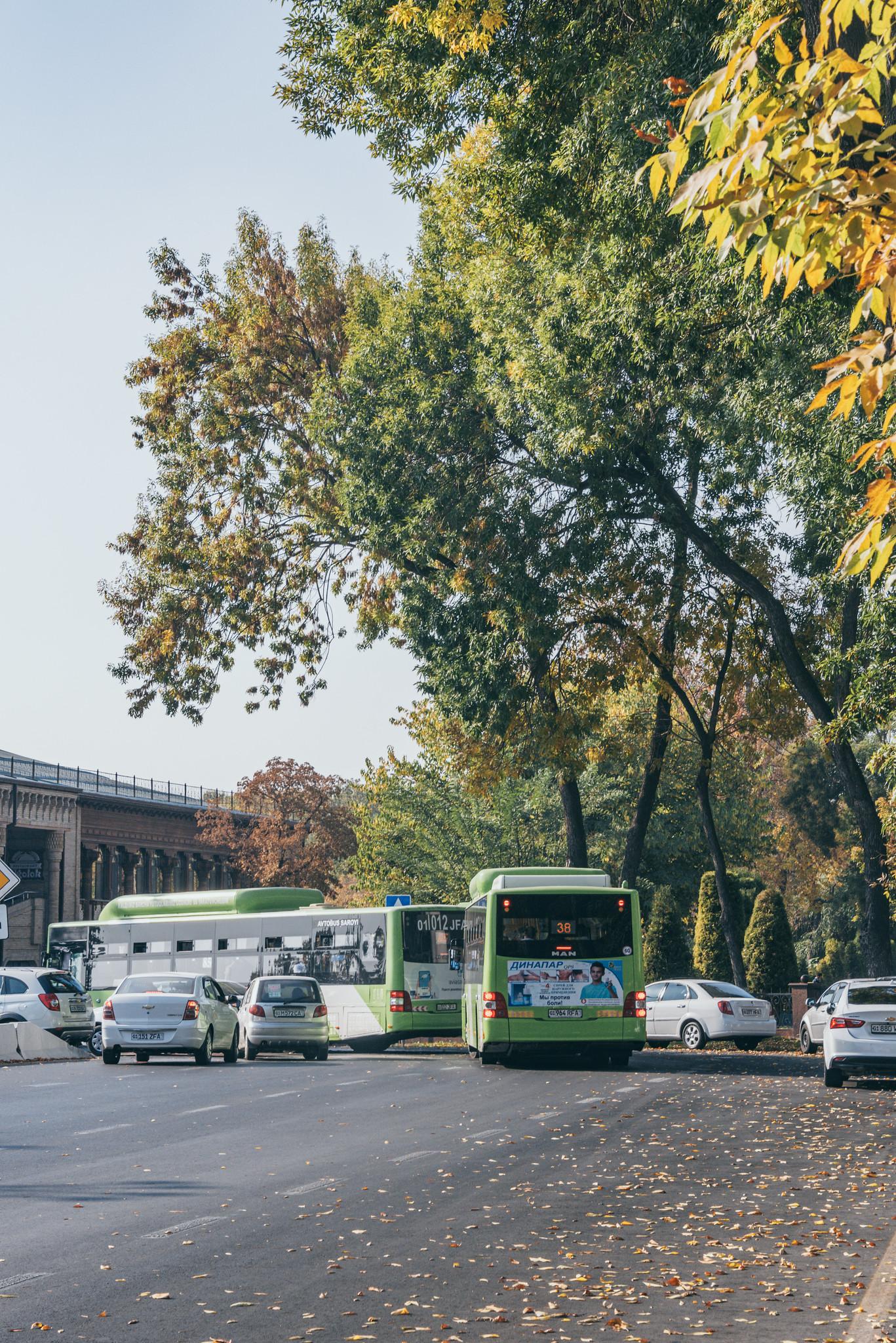
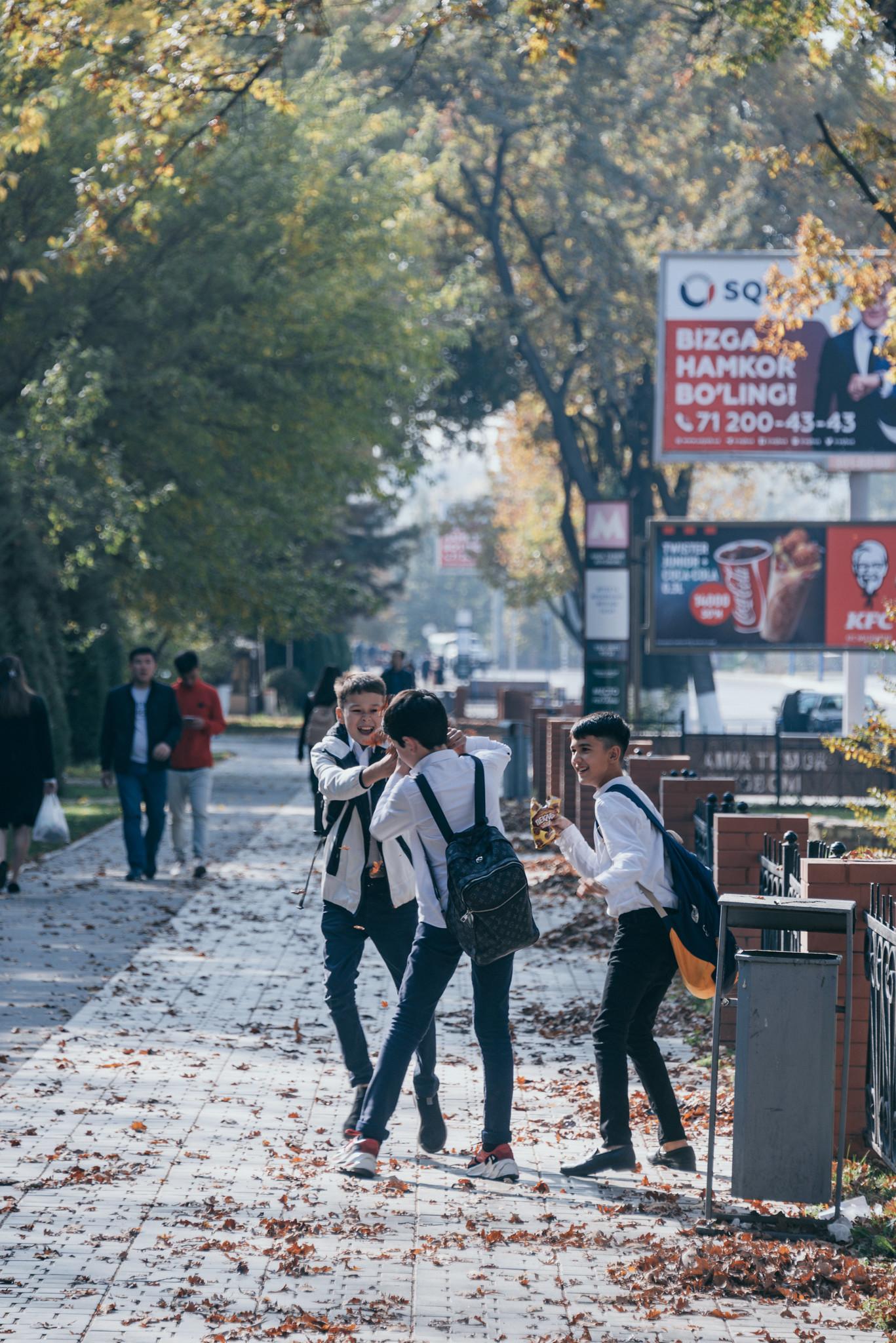
This very short section hopefully gives a clear proof for that above statement.
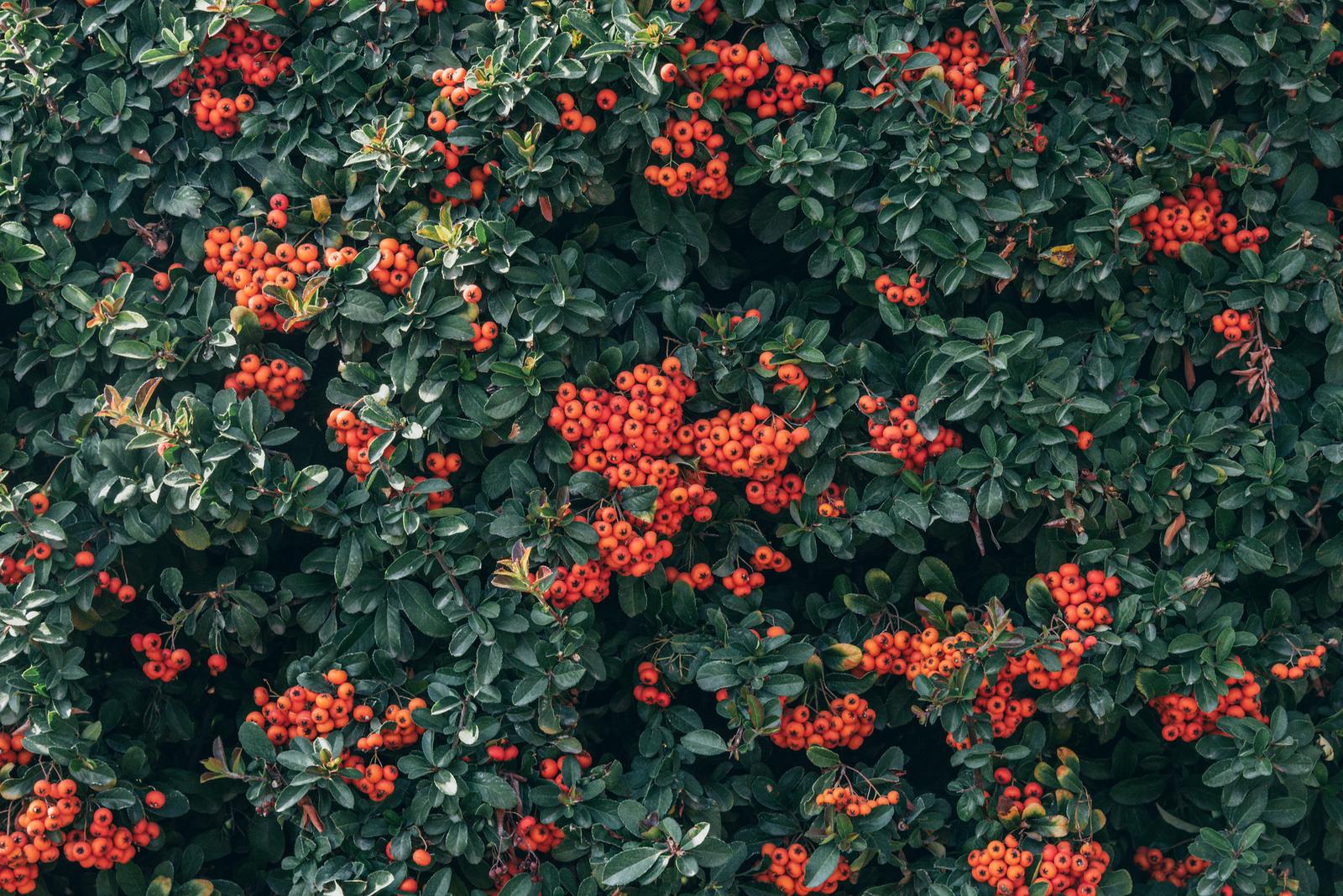
Comments
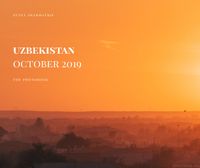
This post is a part of the Uzbekistan series.
© Zuyet Awarmatik
About
Zuyet Awarmatrip is a subsidiary identity within the personal ecosystem of Zuyet Awarmatik, focusing on travel and photography.
A Vietnamese usually regarding himself as a carefree solo Eastern backpacker, alongside with his main profession as a UX engineer. Neither being a freelancer nor a digital nomad, this website is built for the purpose of recording his life experience and happenings instead of letting them go into oblivion. He hopes these photos here shall always deliver the colorfulness of this worldly reality.
I remembered I had an enjoyable chat with a girl throughout the trip, and then the chat ended forever, at its finest peak.

